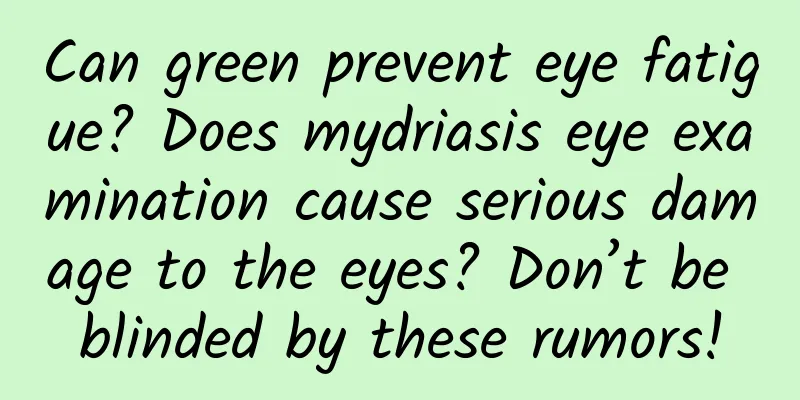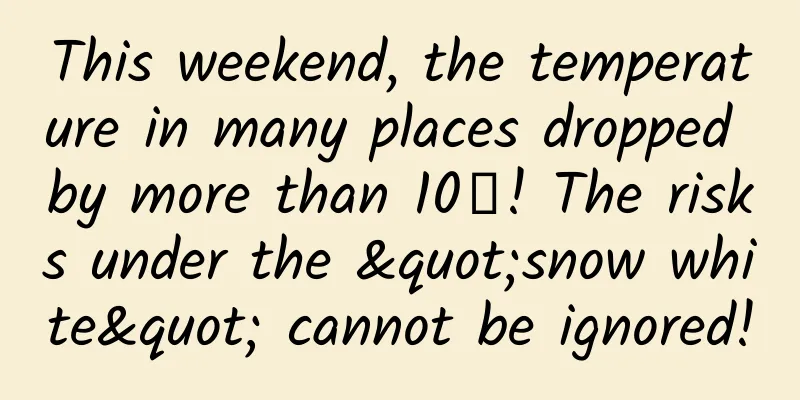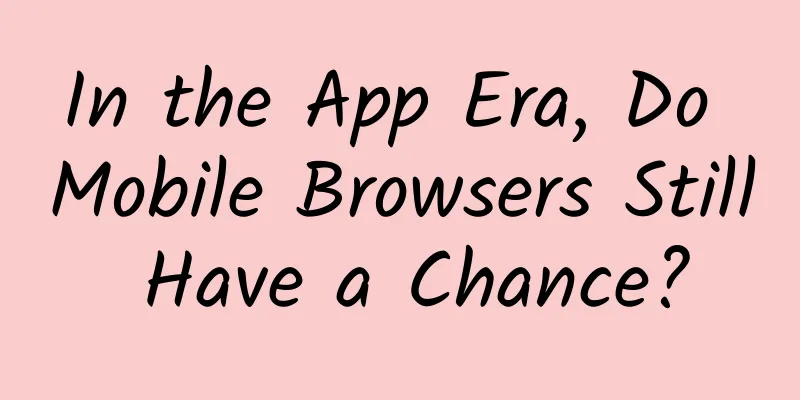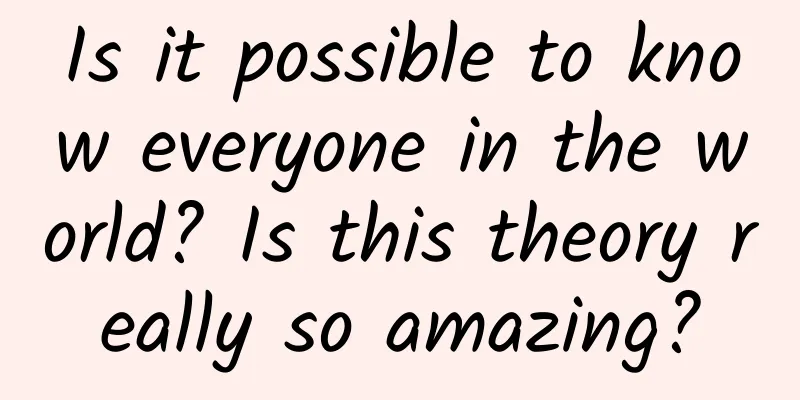Ahhh, the noise is so annoying! How can you keep the noise away from you?
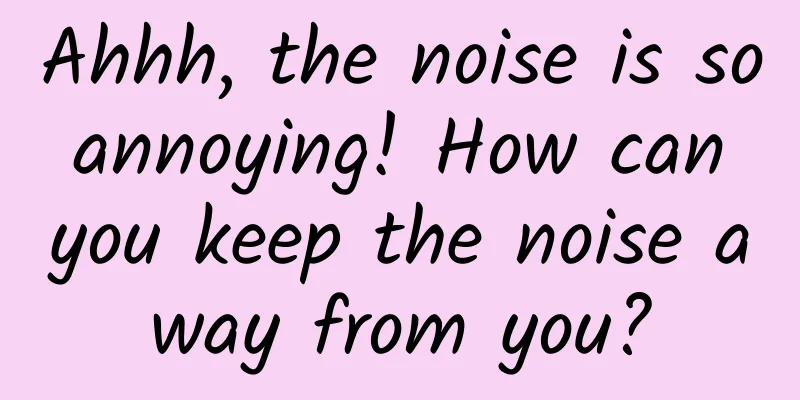
|
Have you ever been disturbed by noise? For example, the rhythmic music of square dancers, the sound of electric drills during renovations, the noisy noise of the naughty children next door, the sound of high heels hitting the ground upstairs... As the pace of life accelerates, noise has filled every corner of our lives, and noise pollution has become a problem that cannot be ignored. How loud is considered noise? The law stipulates that the noise standard in residential areas is between 45 and 55 decibels. This standard is equivalent to the volume at which two people are talking in a room and can hear each other clearly. If the volume exceeds this, it can be regarded as noise nuisance. The phenomenon of exceeding the environmental noise emission standards and interfering with other people's normal life, work and study is called environmental noise pollution, including industrial noise pollution, construction noise pollution, transportation noise pollution and social life noise pollution. Square dance noise belongs to social life noise. At the same time, the law stipulates that the night when noise disturbs the public refers to the period between 10 pm and 6 am the next day. Another way to distinguish is by frequency: Medium and high frequency noise usually refers to noise between 500 Hz and 16 kHz. It has poor penetration and will be significantly attenuated as the propagation distance increases or encounters obstacles, such as horns, whistles, and screams. Low-frequency noise can easily pass through obstacles and can travel long distances or penetrate walls into the ears. It is the most harmful to human health, such as mixed noises such as traffic and construction. Some low-frequency noises are very difficult to detect. For example, you may hear the sound of refrigerators, air conditioners and other household appliances running at home, the sound of neighbors talking, dragging stools, running and jumping, and the sound of traffic on the road outside the window; at work, you may hear the sound of computer cases running, keyboards tapping, and the sound of office appliances such as printers, coffee machines, and shredders. All the above noises are harmful to health, but there are two types of noise that are quite popular despite their name. One is white noise, which can improve concentration in study and work when played as background music, and it also has the miraculous effect of relieving depression at night and improving sleep quality. The other is pink noise, which is the most common noise in nature. The sound of waterfalls and light rain can both be called pink noise. Pink noise is often used in acoustic testing. How to protect yourself from noise? 1. Stay away from noisy environments and reduce the time of exposure to noise. 2. Understand the sound level of the surrounding environment and learn to distinguish sounds of different decibels. You can download software that displays noise decibels on your mobile phone. 3. When the noise cannot be controlled, wear protective earplugs. 4. Develop awareness of safe ear use and undergo regular hearing tests if you work in a noisy environment for a long time. 5. Reduce noise transmission. If you are disturbed by indoor noise at home or in the office, you can choose to place green plants, blankets and other items in the room to reduce the transmission of noise. 6. Diet adjustment. Studies have shown that noise can increase the consumption of some amino acids and vitamin B in the human body. Supplementing the right amount of amino acids and vitamin B can increase the body's tolerance to noise. At the same time, in daily life, eating more vegetables and fruits containing iron, zinc, magnesium, vitamin C, and vitamin E can prevent or delay the occurrence of hearing loss. 7. Install soundproof windows. If you live near the road, you can reduce noise by installing soundproof windows indoors and choosing thick curtains. Placing more green plants on the windowsill can also block and scatter sound waves, thus playing a "noise reduction" role. 8. Wear noise-canceling headphones, but remember that playing music at a high volume or wearing headphones to listen to music to mask noise can cause irreversible damage to hearing. To use headphones safely, you should follow the "60-60 principle", that is, the headphones should not be used for more than 60 minutes and the headphone volume should not exceed 60% of the total volume; try not to use headphones in noisy environments such as subways and buses. Doctors recommend that you wear headphones for 30 to 40 minutes at a time. You should not wear headphones for more than 3 hours a day, and minors should not wear headphones for more than 2 hours a day to avoid damage caused by headphones. There is a science to choosing noise-canceling headphones. First of all, they must fit your ears. Usually, semi-in-ear headphones are better than in-ear headphones, and in-ear headphones are better than head-mounted headphones. Of course, you still have to choose according to the wearing comfort of your ears. Secondly, you should use them in appropriate scenarios. It is not recommended to use noise-canceling headphones frequently or for a long time. The noise reduction function can be turned on as needed. And the appropriate noise reduction depth should be selected in different noise environments. |
<<: “Anti-inflammatory diet”: Is it real or just hype?
>>: The "giant" that captures sunlight draws the "green miracle" of Ulan Buhe
Recommend
After grains and vegetables, can we also “ask for food from the forest”?
The autumn breeze brings the fragrance of fruits ...
A comprehensive analysis of Tmall’s Double 11 e-commerce operations in 2021
Starting from 2019, Double Eleven no longer refer...
A large collection of promotion channels, see which ones you need!
1 WeChat is a semi-closed circle. “Good wine need...
Datong SEO Training: Will user behavior affect website rankings?
In online promotion , ranking is particularly imp...
Cortana is good, but can it save Microsoft?
On July 30, Microsoft finally found a partner for ...
Methodology in the Internet Age: The Boundary between Corporate Dictatorship and Democracy
In the tide of the Internet, will enterprises bec...
To those of you who eat grass: It’s a lot of pain, but it’s even more painful to weigh it? Teach you the right way to eat it →
For those who want to lose weight What to eat eve...
[Grain Policy of a Great Country] “Transporting Vegetables from South to North”: Uncovering the Secret of “Winter-Spring Transition” on the Tip of the Tongue
When the north is covered in snow, the shelves of...
What kind of wine is suitable for drinking in winter? What kind of wine should I give as a gift?
What kind of wine is suitable for winter? Drinkin...
How much does it cost to invest in Nanchong’s marriage and love mini program?
How much is the investment cost for Nanchong Marr...
“Good medicine tastes bitter” is a thing of the past! Why are medicines less bitter nowadays?
In the childhood memories of many people born in ...
How to run an event and attract new customers in 2 days?
1. Case Background As a rule, before talking abou...
High-speed trains are much faster than trains, but why do they appear to be about the same speed when viewed from the window?
Have you noticed when you are riding a train? Hig...
Marketing hotspots and advertising suggestions in August!
Chinese Valentine's Day, the start of the sch...
Wan Zi Analysis of Brand Global Growth Model
Global growth is the only way for a brand. This a...
